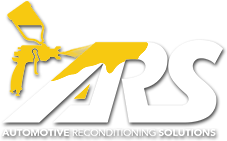Body Repair v. Denver Hail Repair: How Are They Different?
Paintless dent repair can be used to fix both hail damage and commonplace dents, but how? Denver hail repair technicians are trained to know what tools and tactics to use and when. Their expertise in the field of dent repair helps them determine which techniques are needed to perform quality repairs.
No Two Repair Jobs Are The Same
Essentially, all dents are different, and each requires a slightly different process to be properly repaired. The tools and techniques that PDR technicians use for hail repair are different from the ones they’d use to repair a door dent.
Glue Tabs & Door Dings
For instance, a door repair may warrant the use of a kind of leverage hammer, hot glue, and a pull tab. Dents like this can often be pulled out from the surface of the vehicle as opposed to being pushed out from behind. In one method, a pull tab is hot glued to the surface of a vehicle, a leverage hammer is attached to the tab, and the dent is pulled out using the hammer. After the dent is gone, the technician will remove the hammer from the pull tab and gently scrape or peel the hot-glued tab off the car.
Our Denver Hail Repair Method
Denver hail repair is performed in a similar way but may be done from the opposite side of the body panel. As hail often leaves many small dents, the car’s surface can be smoothed out from the back using tools like curved rods and scrapers. This Denver hail repair method requires patience and steady hands, but will still deliver great results.
Of course, these are just two examples of PDR techniques. Again, each dent is different and will warrant a certain repair strategy based on its size, depth, shape, and location.
PDR encompasses many different repair techniques, making it useful for a wide range of dents. Due to its versatility, PDR is the ideal service for both Denver hail repair and dent repair.


